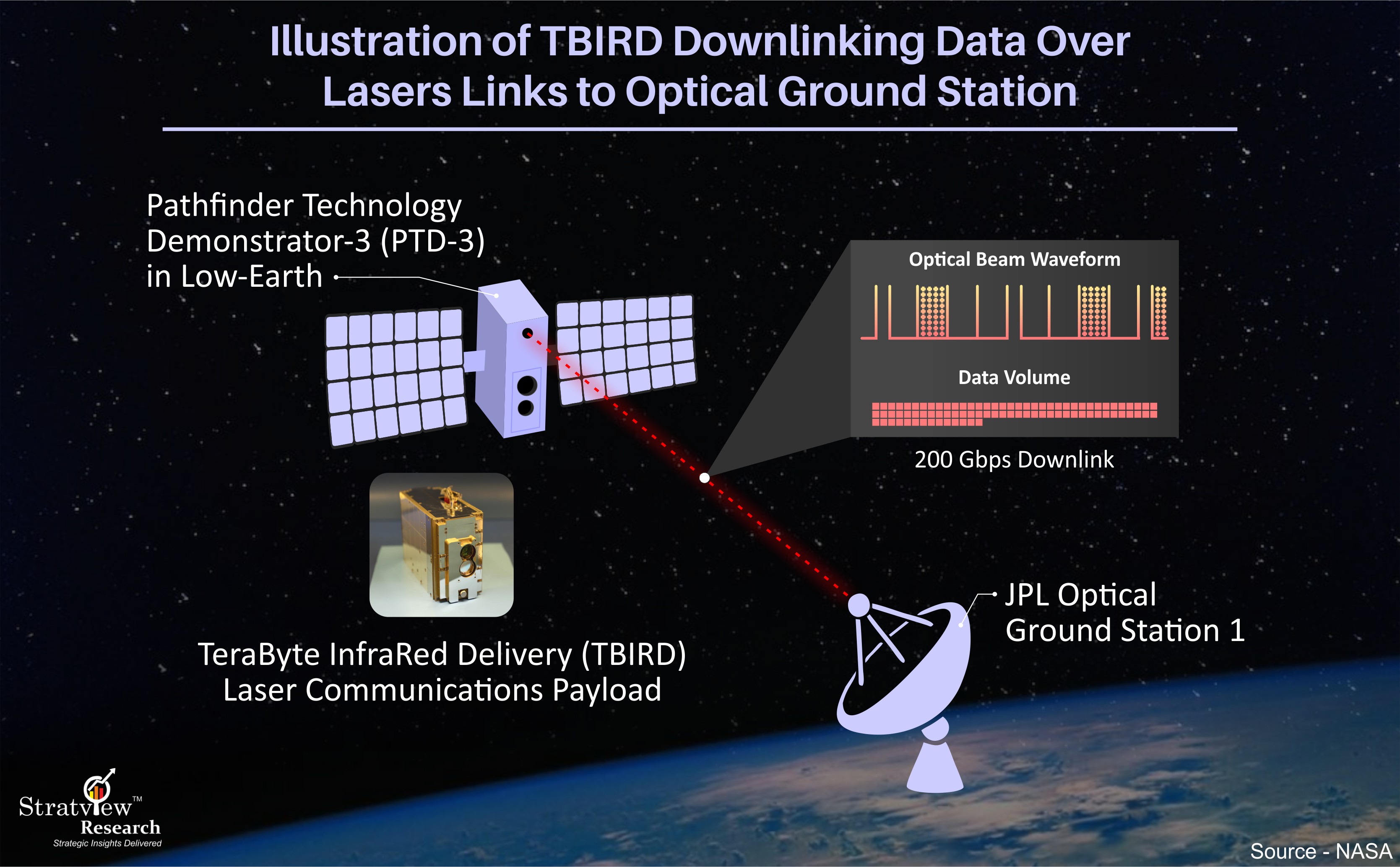The year 2023 started with 5.18 billion active internet users worldwide. Despite such impressive figures, there are still >35% of the total population of Earth who do not use the internet. Commercial satellite operators are launching thousands of satellites in the coming years, to serve this potentially rewarding market.
Food security is also becoming another focus with the growing population, which is estimated to cross 9.7 billion in 2050. Feeding the world population in 2050 would call for increasing overall food production by ~70%, the Food and Agriculture Organization (Fao.org) predicts. To optimize agricultural practices, availability of farmland, soil health, etc., earth observation satellites are rapidly using hyperspectral optical and synthetic aperture radar (SAR- 2D) imagers, thermal infrared sensors, etc.
Due to many such requirements, the number of missions to space is rapidly increasing. In fact, in the year 2022, there were ~6,905 active satellites orbiting the Earth, with additional 58,000 satellites more to be launched by 2030. Figure .1. illustrates the timeline of a total number of active satellites from 2019 to 2030.
_62994.jpg)
Fig.1.The total number of active satellites from 2019-2030* (*Forecast).
Be it a communication satellite, navigation satellite, carrier rocket, lander, rover, and space shuttle, all require reliable space-grade electronics for functioning. For improved navigation, communication, imaging, and data processing systems in any space exploration, improved space electronics are required. As a result, the market for global space electronics market is expected to cross US$5300 million by 2028.
Present-day aircraft electronics have evolved a million times more potent than the systems used to land a man on the moon. However, the rewarding journey towards space comes with a few obstacles, the most challenging of which is the harsh environment of space itself, undesired vibrations in the launching vehicle, the radiations in outer space, etc.
This calls for better performing, and ever evolving space electronics that can overcome the challenges posed by the harsh atmosphere space.
Enhanced Electronics for Advanced Communication
At its simplest, a transmitter and a receiver are two essential components for any successful space communication. However, recent communication in space goes beyond transmitters and receivers. To offer advanced communications, companies are working towards interference-free, and optical communication technologies.
An ultra-flat scalable matrix antenna was launched by Thorium Space, a telecommunications system manufacturer. This antenna is said to be free from interference from Earth or Space. It uses high radio frequencies and electronic control of transmitting and receiving beams.
A significant breakthrough in space electronics field came when NASA achieved 200 gigabit/second (Gbps) throughput on a space-to-ground optical link, in April 2023. This has set a record for the highest data rate ever achieved in space-to-ground optical communications. The benefits of laser/optical communications include – improvised efficiency, lighter systems, strengthened security, and more.

Fig.2. Demonstration of TBIRD downlinking data over lasers links to Optical Ground Station. Source – NASA.
This achievement was made possible due to the TeraByte InfraRed Delivery (TBIRD) system, carried into orbit by NASA’s Pathfinder Technology Demonstrator 3 (PTD-3) satellite.
Radiation-Hardened/Tolerant and Beyond
The space electronics industry has a long history of system breakdowns caused by several factors. Long duration of exposures, unpredictable solar proton activity, and ambient galactic cosmic ray environment are a few to count. Space electronics have to surpass multiple testing and qualification standards in order to address such failures.
For such conditions, the electronics are made either Radiation-Hardened or Radiation-Tolerant. Radiation-tolerant and radiation-hardened space electronics are differentiated by their ability to resist the effects of ionizing radiation, such as Total Ionizing Dose (TID) and Single Event Effects (SEE).
Microchip Technology Inc. announced a significant addition to its existing radiation-tolerant product range by introducing the MIC69303RT 3A Low-Dropout (LDO) Voltage Regulator in January 2023. This product marks the company’s first commercial-off-the-shelf (COTS) rad-tolerant power device that offers better space power management. This regulator featuring a 4-layers of PCB, is made up of highly reliable plastic derived from AEC-Q100 that passes all tests necessary for space applications, and also of robust hermetic ceramic.
Quantum Material for Nex-Gen Space Electronics
Future telecommunications require highly advanced electronic devices with immense processing capabilities for electromagnetic signals in the picosecond range. Current semiconductor materials, usually silicon, fall short of meeting such extraordinary speed requirements.
Holding a promise for future electronic devices, particularly in optoelectronics, a team headed by the University of Geneva (UNIGE), in March 2023, has created a quantum material that can be used to capture and transmit information within new electronic devices with a very high speed. The presence of force fields in the material generates entirely unique dynamics that are not observed in conventional materials; therefore, electrons can navigate through a curved space.
The Role of Miniaturization - Making Big Differences
The space industry is moving towards miniaturization, that calls for smaller and more advanced electronics, such as integrated circuits, and microelectromechanical systems (MEMS), that enable the development of customized components with reduced circuit size, weight, and power consumption, resulting in a cost-effective solution.
The emergence of small satellites such as Cubesats, has led to the development of miniaturized electric components like compact sensors, communication systems, and attitude control mechanisms. Such small satellites typically cost up to 90% less than large satellites, when accounting for both production and launch expenses.
For instance – The cost of manufacturing and launching Maxar's WorldView-4 satellite, which weighs 2,500 kilograms, was approximately $850 million. While a single OneWeb small satellite, including its launch, was estimated to cost around $1 million.
Fuelling the Next Chapter of Space Exploration
The fourth industrial revolution is not new to the space sector. Encapsulating the current trends of automation, additive manufacturing (or – 3D printing), machine learning, artificial intelligence, and more, the space electronics industry is already embracing the power of Industry 4.0.
With the growing population, increasing internet and connectivity demand, etc., communication satellites outnumber other types of satellites, emphasizing their greater prominence in the space industry.
As these communication satellites heavily rely on radio frequency (RF) components for wireless communications, more and more RF components are required in future.
To meet such growing demand, Airbus embraces the power of Additive Layer Manufacturing (ALM) technology to manufacture RF components in large volume, for its satellite – Eurostar.
SpaceX is another example. It uses an AI-powered autopilot system in Falcon 9 that helps rockets traverse themselves from the launch to the docking station - International Space Station (ISS). The AI system calculates the trajectory of the rocket through space, considering fuel usage, atmospheric interference, and ‘sloshing’ from liquids within the engine, mitigating any possible human error.
Ubotica, a leading space AI company, has announced its CogniSAT-XE2 hardware platform to facilitate AI usage in space, for in-orbit data analysis in February 2023. This platform, with its AI capabilities, increases in-orbit data analysis capabilities in real-time, enables collision avoidance assistance, and optimizes downlink data load.
Taking a significant leap forward in advancing the potential of this technology, in 2022, Mitsubishi Electric Corporation has developed a technology that enables 3D printing of satellite antenna in the vacuum of outer space, using photosensitive resin and solar ultraviolet light. This technology has the potential to reduce costs and create more space on the rocket.
The advent of Industry 5.0 brings forth transforming trends like Metaverse, Quantum Computing, etc. to change the landscape. These technologies even have the potential to simulate the space environment (microgravity) on Earth which could achieve similar results without leaving terrestrial area.
Advances in the space industry are happening at light speed and unceasingly redefining cosmic exploration. With mankind’s ability to explore deep space, evolutions in space electronics are set to progress in the years to come as they are the key enablers for missions to space.
Authored by Stratview Research and published on Electronic Products.


_62994.jpg)





